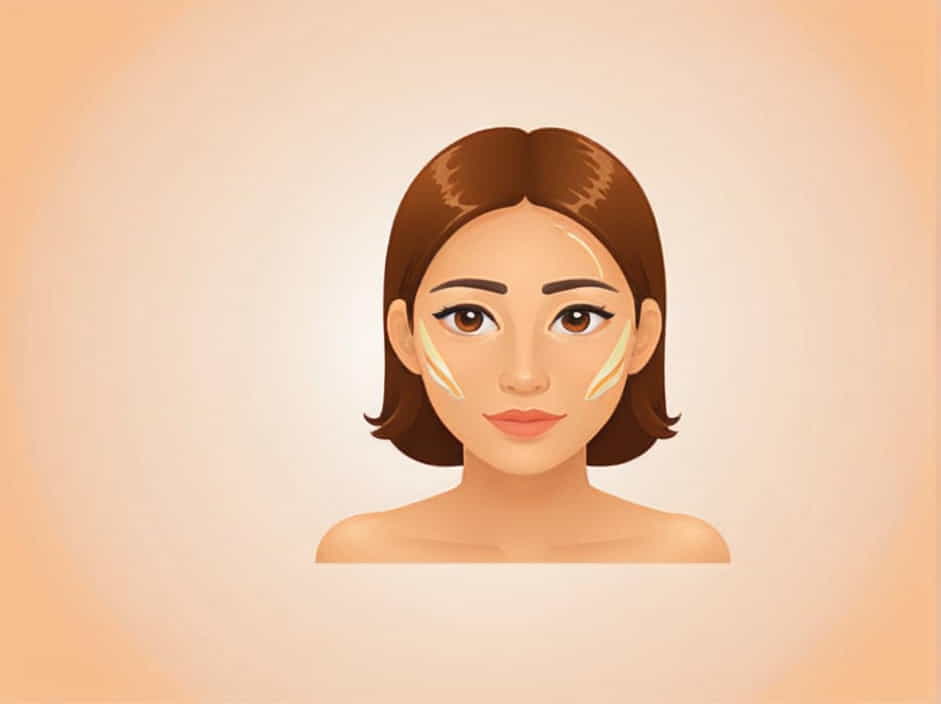Duckweed is a small, free-floating aquatic plant that rapidly spreads across the surface of ponds, lakes, and slow-moving water. While it provides some ecological benefits, excessive growth can deplete oxygen levels, harm aquatic life, and create an unsightly water surface.
Fortunately, there are natural ways to control and remove duckweed without using harmful chemicals. This topic explores effective organic methods to keep duckweed in check while maintaining a healthy aquatic ecosystem.
Understanding Duckweed Growth
Before tackling the problem, it’s essential to understand why duckweed spreads so quickly.
✅ Rapid Reproduction – Duckweed multiplies by budding, allowing it to cover water surfaces quickly.
✅ Nutrient-Rich Water – Excess nutrients from fertilizers, animal waste, or decaying organic matter encourage growth.
✅ Still Water Conditions – Duckweed thrives in stagnant or slow-moving water.
✅ Lack of Predators – In ponds without natural duckweed-eating organisms, the plant can grow unchecked.
Natural Methods to Remove Duckweed
1. Manually Skimming Duckweed
One of the fastest ways to control duckweed is to physically remove it.
✔️ Use a fine-mesh net or rake to skim duckweed off the surface.
✔️ Remove duckweed regularly to prevent regrowth.
✔️ Compost the collected duckweed as a natural fertilizer for plants.
2. Increasing Water Movement
Duckweed prefers still or stagnant water. Creating movement helps prevent its spread.
✔️ Install aerators or fountains to create water currents.
✔️ Use a water pump to circulate the pond water.
✔️ Introduce a waterfall feature to disrupt duckweed’s ability to stay on the surface.
3. Introducing Natural Duckweed Predators
Certain fish and animals feed on duckweed, providing an eco-friendly way to control growth.
🐟 Grass Carp – These fish consume large amounts of duckweed and help maintain balance.
🐢 Turtles – Some species, like the red-eared slider, eat duckweed as part of their diet.
🦆 Ducks – While they eat duckweed, be cautious, as excessive waste from ducks can lead to nutrient buildup.
4. Reducing Nutrient Levels in Water
Since duckweed thrives on excess nutrients, reducing these can slow its growth.
✔️ Limit fertilizer runoff – Avoid over-fertilizing lawns or gardens near the pond.
✔️ Add aquatic plants – Plants like water lilies or cattails compete with duckweed for nutrients.
✔️ Use beneficial bacteria – Natural bacteria products help break down excess organic material.
5. Using Natural Shading Techniques
Duckweed needs sunlight to photosynthesize and grow. Reducing light exposure can help control it.
✔️ Floating Plants – Adding larger floating plants like water lilies shades the water surface.
✔️ Tree Cover – Planting trees near the pond provides natural shade.
✔️ Dyeing the Water – Using natural pond dyes can limit light penetration, slowing duckweed growth.
6. Adding Barley Straw
Barley straw releases natural compounds that inhibit duckweed growth without harming aquatic life.
✔️ Place barley straw bales in the water.
✔️ Replace them every few months for continuous effects.
✔️ Avoid overuse, as decaying straw can add organic matter to the water.
Preventing Duckweed from Returning
Once duckweed is under control, take steps to prevent it from coming back.
✔️ Regular Maintenance – Routinely skim duckweed to prevent it from spreading.
✔️ Monitor Nutrient Levels – Test water for excess nitrogen and phosphorus.
✔️ Keep Water Moving – Continue using aerators or pumps.
✔️ Introduce Natural Predators – Maintain fish or turtles that feed on duckweed.
Duckweed control doesn’t require chemicals—natural solutions can effectively manage and prevent overgrowth. By removing duckweed manually, introducing predators, improving water circulation, and reducing excess nutrients, you can maintain a healthy and balanced pond ecosystem.
